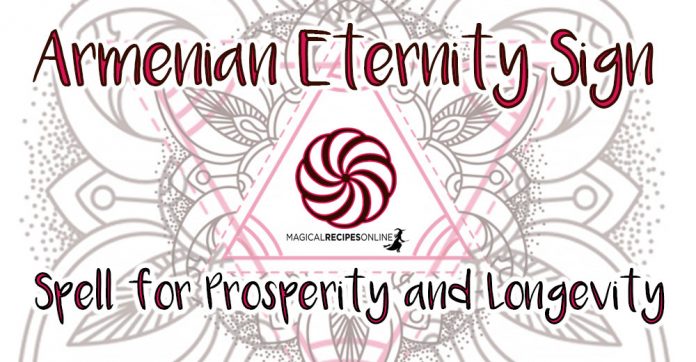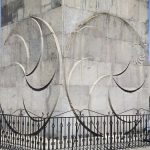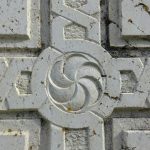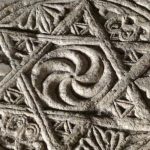Do you know where the small country of Armenia is? If not, take some time and have a look on a map. The small landlocked country lies next to larger ones such as Turkey and Iran. And it is not far away from the southern borders of Russia.
The tiny Armenian state has a long history and a wonderful culture. In the past, the speakers of Armenian were living across the whole Anatolia, the region that is nowadays eastern Turkey. Due to events that took place during the First World War, the territory of the Armenian population was drastically reduced. Armenians refer to these events as Genocide, similar to the Jewish Holocaust.
Still, against all the odds, the Armenians and their traditions survived. Interestingly, the Armenian language, exotic as it may sound, is an Indo-European one. This fact means that it is relative to other “Aryan” languages such as English, German, Celtic languages, Latin, Greek, Latin and many more.
The Armenian was the first nation to adopt Christianity as its official religion in the early 4th century. Nevertheless, elements of the previous pagan religion survived and have been incorporated in Christian rituals.
The Solar Cross
A very powerful sign of the Armenian antiquity that it is still in wide use is the Armenian Eternity Sign or Wheel of Eternity. The Armenians call it Arevakhach, which means Solar Cross. There is little doubt that the sign is a sort of Swastika, one in rotation and motion.

As we read in this very informative article:
“The Armenian swastika is one of the Armenian symbols of eternity and rebirth. The traditional swastika was the embodiment of light (in the broadest theological sense), hence its name Arevakhach (translated from Armenian – “solar cross”). Besides, during the sun worship period in Armenia, this sign was a symbol of the sun.
The word “swastika” is a composite of two Sanskrit roots: सु, su (good, blessing), and अस्ति, asti (life, existence). Thus, the word itself means “well-being” or “prosperity”. Another Armenian name of the swastika is “vardan” (from the proto-Armenian “rotating”).”
Remember our discussion about swastikas in our Mandala Test.
The Solar Cross is widely used as a national symbol in Armenia. It is found on ancient tombs and artifacts like weapons, in medieval settlements but also on monasteries and churches. It is so widespread in Armenia that it was featured at the Armenian performance for the Eurovision song contest and it has been added in the Armenian Unicode version 7.0.
The following video also provides some information concerning the Solar Cross:
A Spell to the Armenian Trinity
The Armenians are a very spiritual nation. Their language sounds rough, but it is pure and has not been so much abused by modernity as it is the case with Western languages. Therefore, the recitation of Armenian words in the text is fairly powerful.
Now, begin by drawing or printing the Solar Cross. Select a clockwise whirling Arevakhach because this symbolizes infinity. Although not a negative symbol, an anti-clockwise rotation has darker connotations and should be used in more meditative and philosophical contexts.
Place the symbol in front of you on a horizontal position. In front of it bring a bowl with dried fruits and nuts, like apricots, the national fruit of Armenia. It will be ideal if you can get some Armenian red wine or its famous brandy. These are products of the earth that will be offered to the main Trinity of Armenian deities, namely, Khaldi (the warrior god), Teisheba (the weather god) and Artinis (the Sun god).
Put some traditional Armenian music, played with duduk, an ancient woodwind instrument.
When you concentrate, think of a mountainous area that is a bit dry and wild. Try to imagine your life as solid as these mountains. Then utter this spell:
“By the power of Arevakhach, you great gods Khaldi, Teisheba, Artinis, bestow long, prosperous years upon me and my family and let my soul be strong as a majestic mountain that reaches the sky”
After the spell, savor some of the dry fruits and the wine and dedicate it to the gods with a feeling of gratitude.
Phaethon




